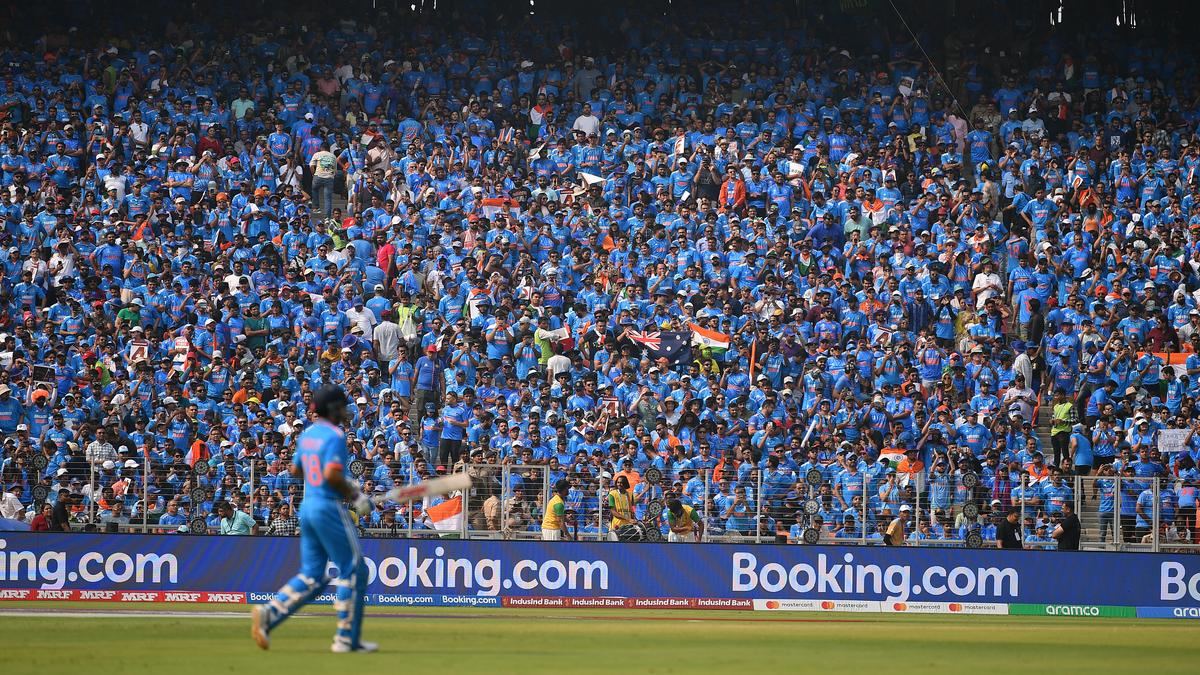
The shifting sands of fandom: how toxicity has bled into sports following Premium
The Hindu
The symbiotic relationship between athletes and fans, from shared ecstasy to toxic rivalries, shapes the essence of sport fandom.
Sport’s acoustic heart often resides within the claps that fans offer. The rhythmic fusion of two palms, multiple throats finding a common expression and the collective surge of adrenaline inspire athletes to check the elasticity of their limbs and the capacity of their lungs, and help them chase miracles.
A shared ecstasy binds the sportsperson and the adoring followers. On the flipside, despair quadruples too when a loss is encountered or an injury derails a sporting campaign. This symbiosis between the performer and the observers often gains a religious fervour and a hypnotic essence. You sense it when a musician performs at a packed venue or while a goal is scored in a football game at a heaving stadium.
Fandom also feeds the athlete’s ego, enhances confidence and, as cricketing folklore goes, made W.G. Grace tell an umpire: “They came to see me bat, not you umpire.” This reverence and affection, seasoned with the frisson of first-love excitement, makes fans idolise players, compare eras, and equally draw relief and joy from the performance of their heroes.
This leaning of self-esteem upon the player’s calibre is fine as long as performances follow an upward graph, but when the pencil dips, a dark sorrow squeezes inside. All fans are used to this roller-coaster ride. It is never easy but it is one thing they have made their peace with, at least that was the case a few decades back.
Cut to the present, fandom often means tight boxes, the kind that triggers claustrophobia and spreads cynicism. It is not enough to love a player unabashedly but that affection has to be made coarse with a counter-hatred directed at another sportsperson of similar stature, and it could be a teammate or a rival.
It is a situation in which to praise someone, it becomes essential to run down another personality. Duopoly in movies, sport and the larger arts is a reality. And duopolies catalyse intense rivalries between fans split down the centre. A genuine affection morphs into an obsessive sense of ownership and, in the long run, breeds toxicity.
In Indian cricket, the current joust is between the loyalists of Rohit Sharma and Virat Kohli. One’s achievement is pitted against the other’s failure. One’s fitness is pitted against the other’s seeming lack of it. And a caustic one-liner like ‘make Yo-Yo tests mandatory for selection’ is flung around in social media. Despite all the woke-spirit rippling through X, formerly Twitter, equally it is a space for mean barbs hurled by fans masquerading under false names.













